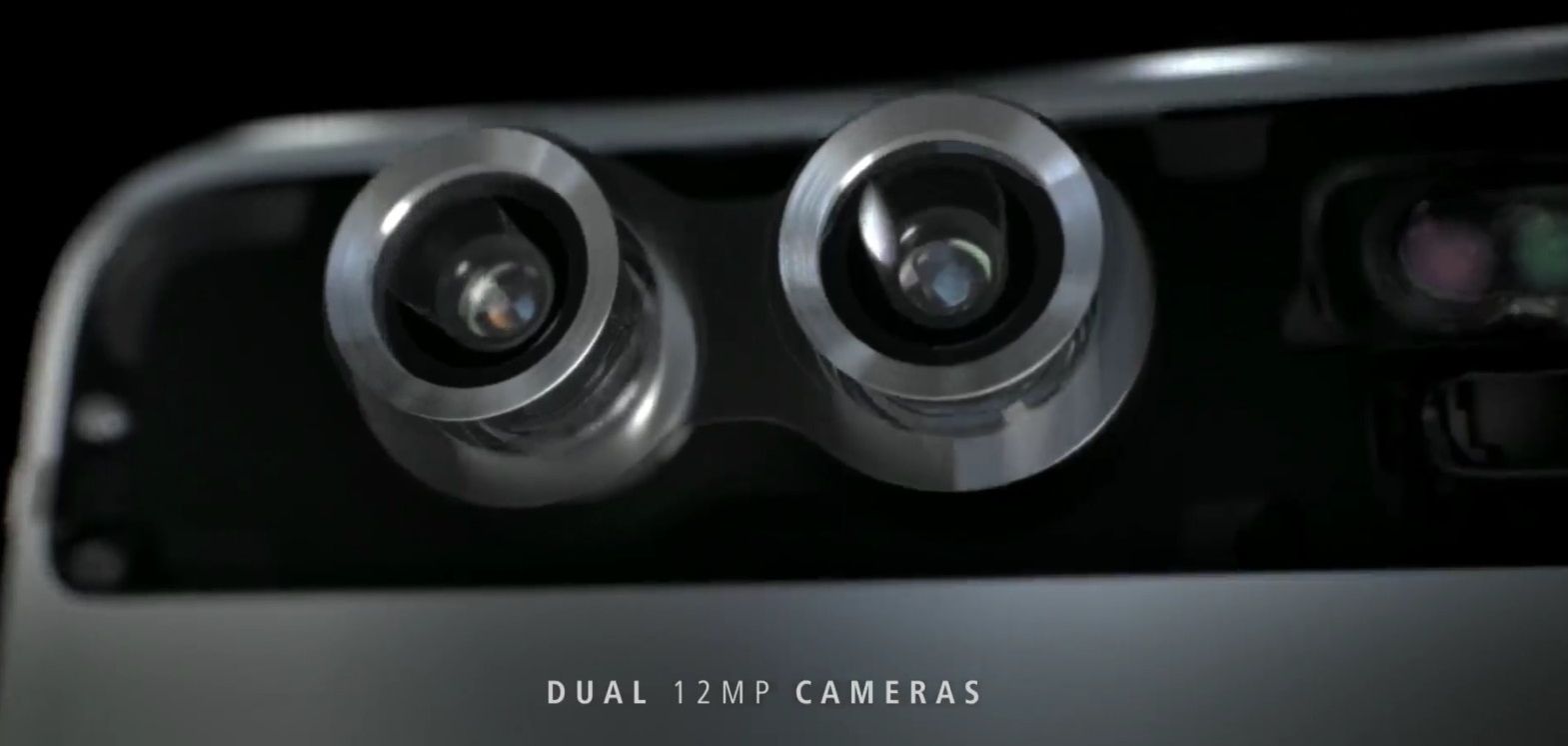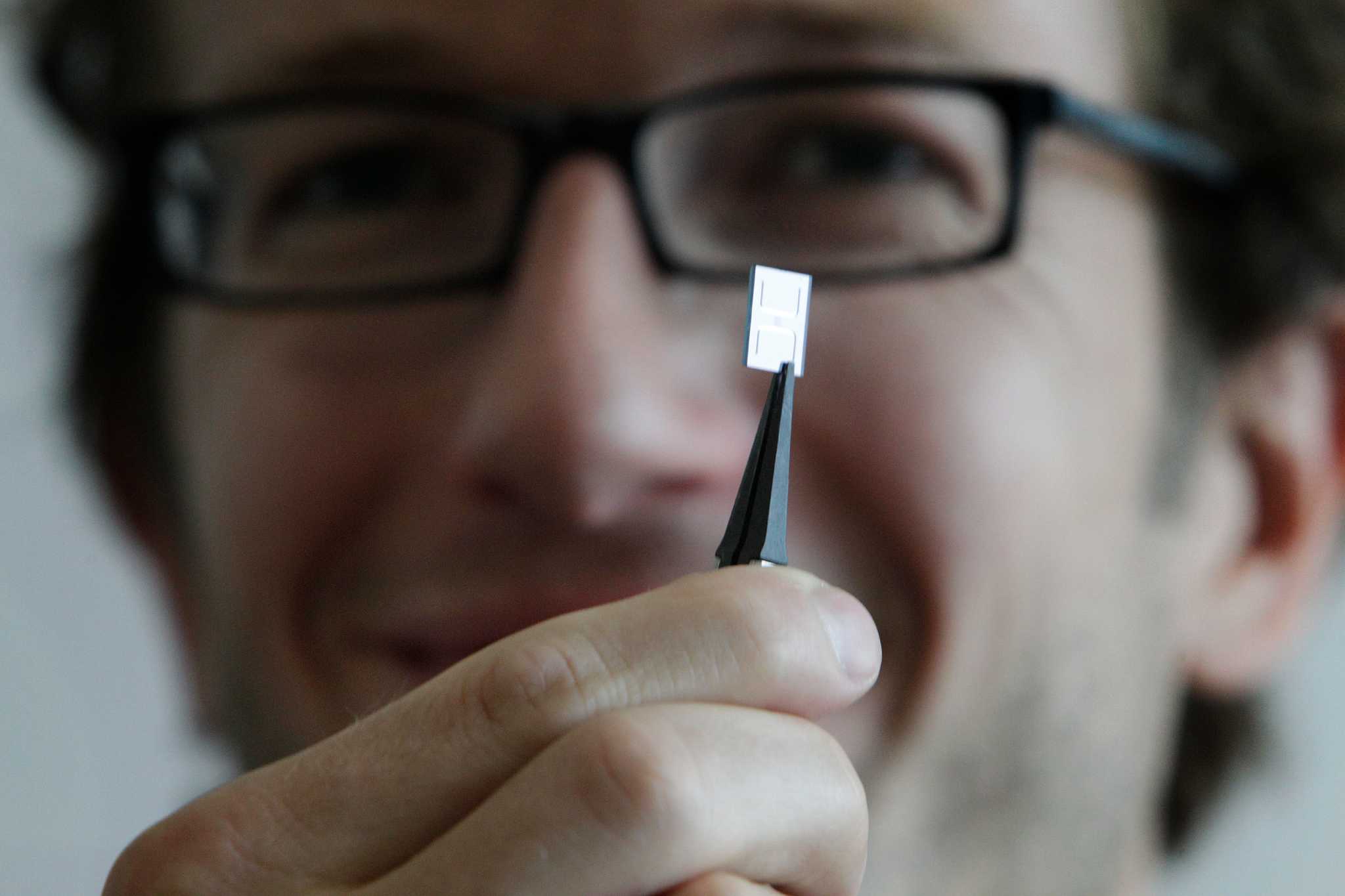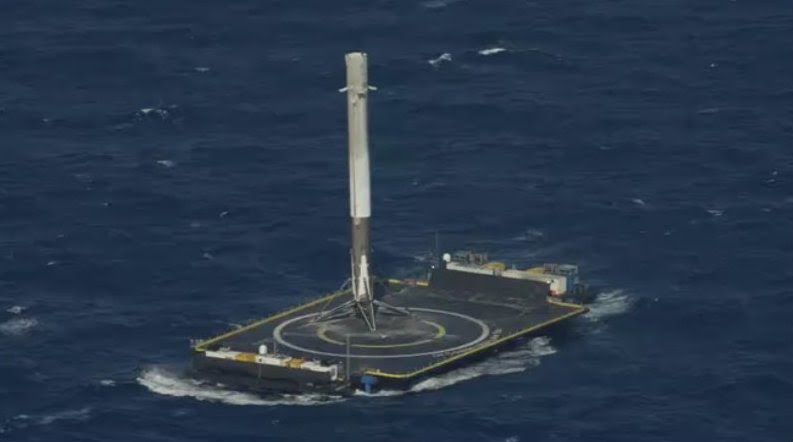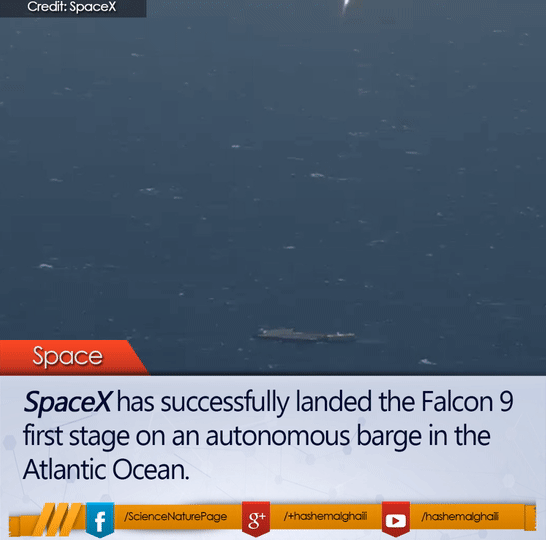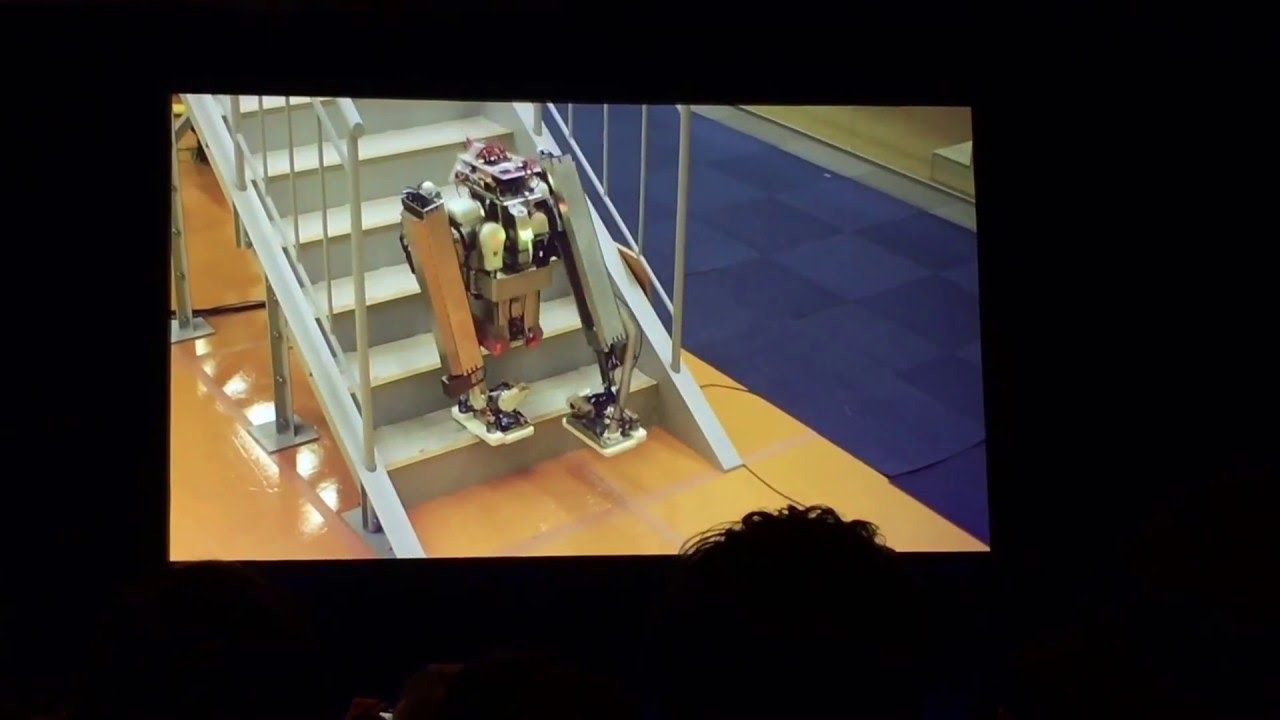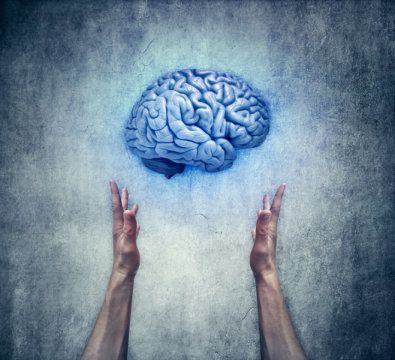
How the human brain processes the words we hear and constructs complex concepts is still somewhat of a mystery to the neuroscience community. Transcranial direct current stimulation (tDCS) can alter our language processing, allowing for faster comprehension of meaningful word combinations, according to new research from the department of Neurology the Perelman School of Medicine at the University of Pennsylvania. The work is published in the Journal of Neuroscience.
“Integrating conceptual knowledge is one of the neural functions fundamental to human intelligence,” said the study’s first author Amy Price, a neuroscience graduate student at Penn. “For example, when we read or listen to a sentence, we need to combine, or integrate, the meaning of the words to understand the full idea of the sentence. We perform this process effortlessly on a daily basis but it is quite a complex process and little is known about the brain regions that support this ability.”
Semantic memory is our stored knowledge about the world, such as the meaning of words and objects. “We sought to understand how and in what part of the brain semantic representations are integrated into more complex ideas” said senior author Roy Hamilton, MD, MS, an assistant professor in the departments of Neurology and Physical Medicine & Rehabilitation, and director of the Laboratory for Cognition and Neural Stimulation at Penn. Recent findings from functional MRI scans (fMRI) and magnetoencephalography (MEG) have suggested the angular gyrus, a region of the brain known to be involved in language, number processing and spatial cognition, memory retrieval and attention, as a potential hub for semantic memory integration, specifically the left angular gyrus.
Continue reading “Transcranial direct current stimulation can boost language comprehension: Stimulation of the brain’s left angular gyrus enhanced the comprehension of simple, two-word phrases” »
